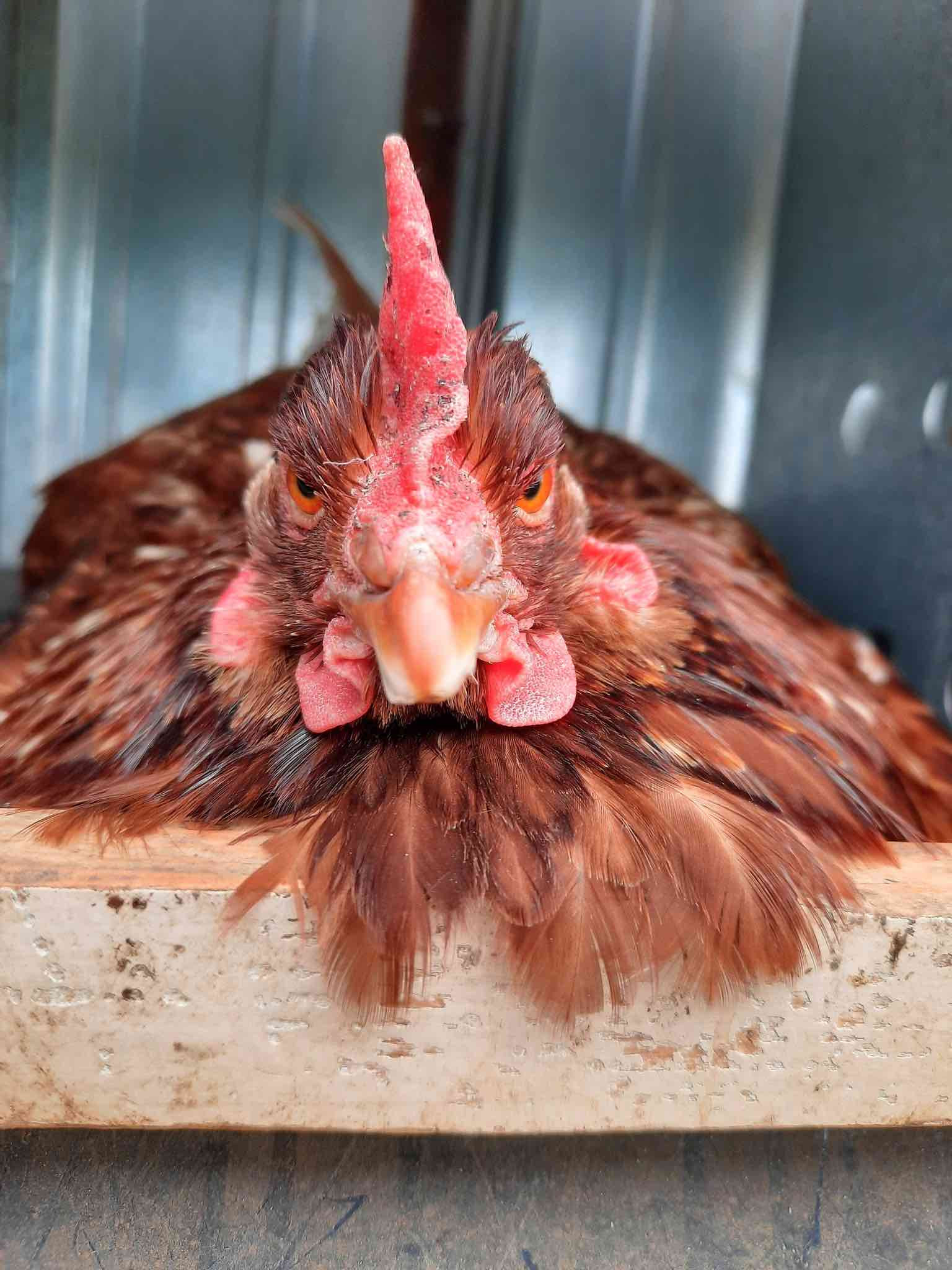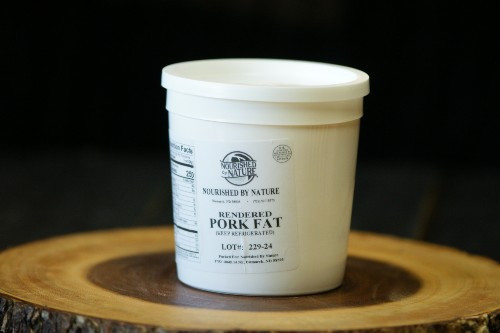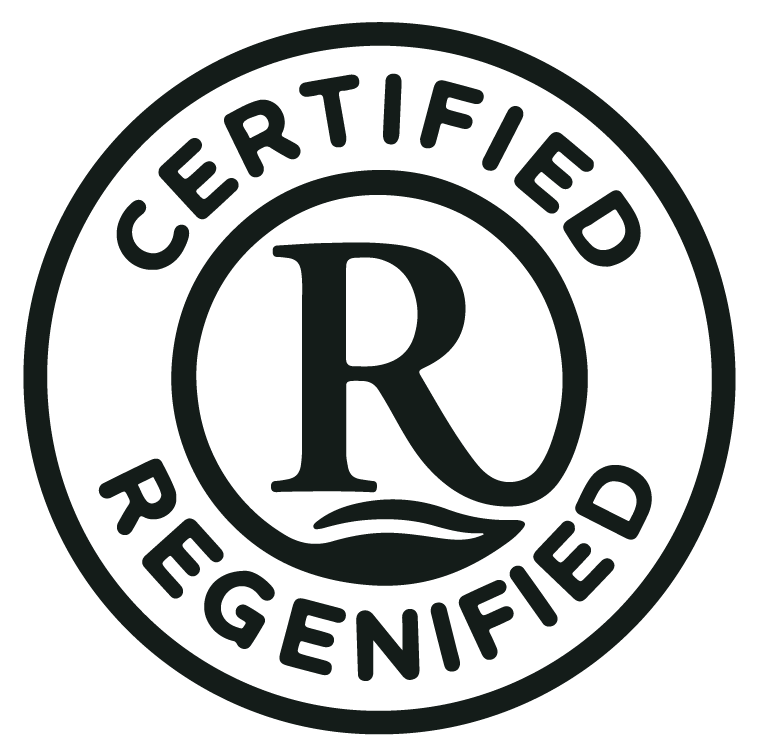How Our Cattle Spend Their Winter
posted on
January 11, 2020
We often get asked the question…what do you do with your cattle in the winter?
Well let me start with a little background because how we winter our cattle today is a complete 180-degree change from how we used to 15+ years ago.
There used to be a time when we ranched more “conventional” or more in line with the status quo. This meant that each summer and fall, a lot of preparation had to be done before the upcoming winter. Thousands of tons of feed and straw would be put up over the growing season that would then be hauled into the yard. Corrals would also have to be maintained and feed bunks cleaned and fixed.
From October through April our cattle were kept in these corrals and had to be fed every day and given straw bedding a couple of times each week. Every morning we would head outside to endure the daily ritual of feeding which usually took us around three hours to complete. Two tractors were needed to do so. One would load a feed wagon that was pulled behind the other tractor with various feeds (silage, ground grains, chopped hay, etc.). Then the wagon would take out a few thousand pounds of this mixed feed to the herd one load at a time. Each morning at least four loads of were necessary to get the job done. This meant that hundreds of man hours and thousands of gallons of diesel were required to get through the winter.
Since our cattle were kept in corrals during this time it equated to 6 months’ worth of manure and straw bedding piling up in a relatively small area. Each spring this “waste” would have to be dealt with and cleaned out before the cattle came back into the corrals the following winter. So, to deal with this issue, we would have to hire custom feedlot cleaners to remove the manure and spread it out on our crop fields. While this is a great use for the nutrient-rich cattle waste, it took a lot of labor and diesel fuel to manage it and as you can imagine it wasn’t cheap.
Another issue that we had to deal with was the overall lack of health in our cattle. While we did our best to be proactive about it and keep disease at a minimum, it required us to use multiple vaccines, de-wormers, lice control and occasionally antibiotics. To complete this task, the cattle would have to be run through a working setup. All these proactive measures were time-consuming, labor intensive and by no means 100% effective to keep the herd healthy. We would face these issues because of the tight proximity the cattle were kept in over an extended period of time.
Today, winter on the ranch is completely different for us and our livestock. Since we changed our management practices to follow the seasonal cycles and principles of nature, life is better for all involved.
Instead of spending all summer and fall putting up feed and straw to get us through 6 months of winter, we now focus more on our grazing management to be proactive for the winter months. Each year we strategically set aside certain pastures and allow them to grow all summer and fall without grazing them. This “stockpiled” forage then allows us to graze our cattle well into the new year and early in the spring. Therefore, we only need to provide hay to our cattle for approximately 60 days out of the year.

Usually in mid-January when the coldest weather is upon us, we will start feeding our cattle but do it in a totally different manner than we used to. Each summer we will bale a few of our pastures and leave the bales sit where they are made. We will also bring in some hay from fields that are further away from the ranch that can’t be grazed in the winter. The hay we haul in is added to the pastures that were baled. Then in the fall we will spend a couple of days spreading the bales out so that they are roughly 40 feet from each other. Another day is spent dividing the bales with temporary fencing so that each group of bales can feed the cattle for a week or two. Then when we start to graze these bales, once the cattle have eaten a set of bales, the temporary fence is easily removed to allow them access to the next set.

Since the cattle are out on pasture grazing bales and not in confinement, their health is optimum because they are able to get plenty of exercise and fresh air. This also means that we no longer must use all of the vaccines, de-wormers, lice control and antibiotics. Where we used to use thousands of gallons of fuel feeding every winter, we now use less than 100 gallons. Another added benefit is that the cattle are spreading their own manure, so we don’t have to hire it done. The manure is left where it was laid on pasture so it can be utilized by nature and the forage the following growing season where a bale was grazed has three times the production as compared to areas that did not have bales on them. Finally, the man hours spent to feed our cattle throughout the winter has been decreased by over 90% because we don’t have to spend three hours each day to feed the herd. This change in management has had so many positive benefits for us, our land and our livestock.







